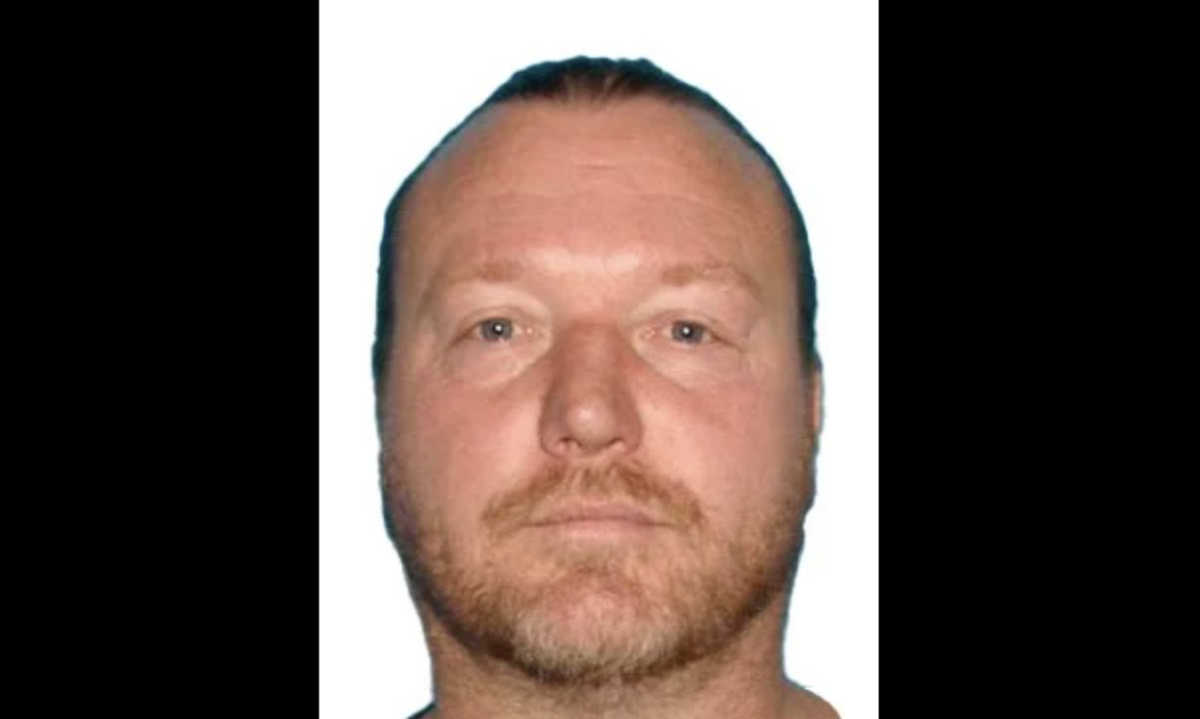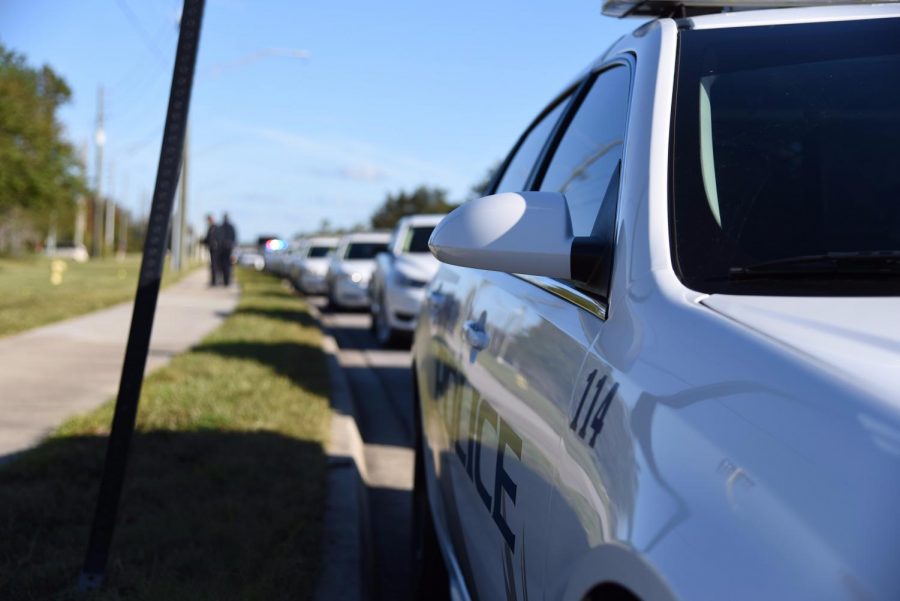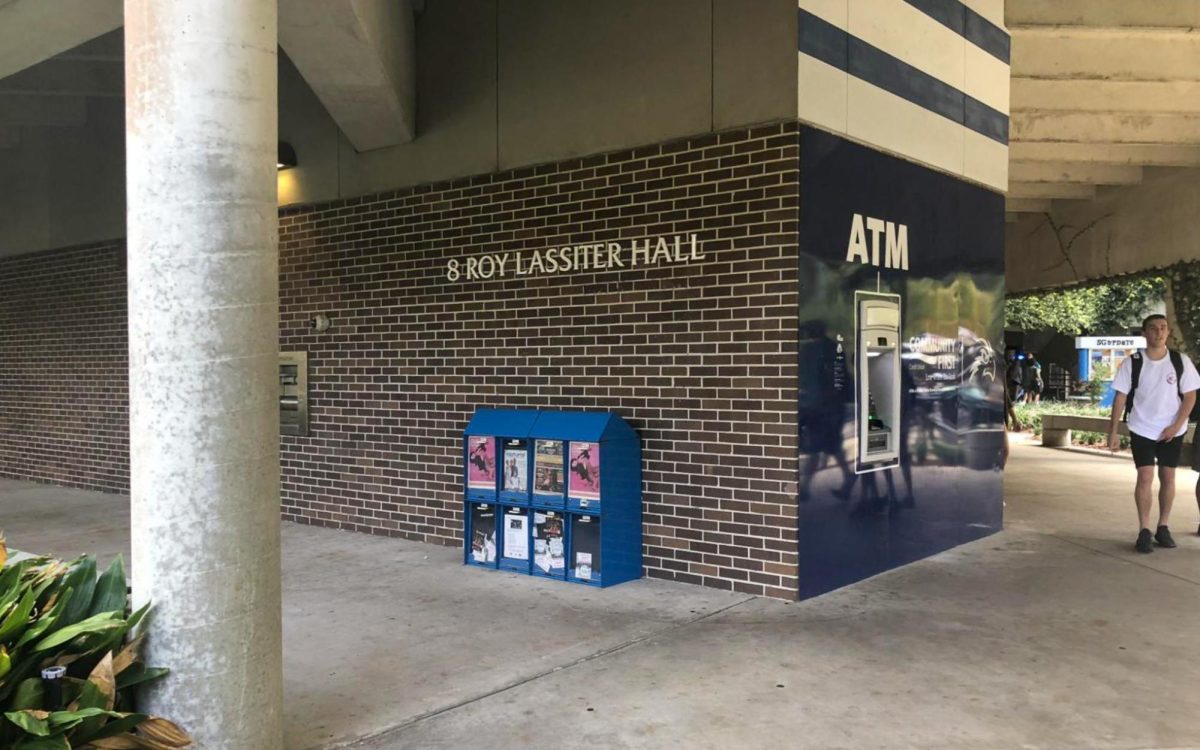
The following information is according to reports from the UNF Police Department.
A UNF student was tased three times by UNFPD after continually resisting arrest, according to a report from UNFPD.
On Jan. 17, a female student walked into her room in the Osprey Cove building T around 2:00 a.m. when she noticed a male asleep on her roommate’s bed. She found her roommate and brought her to the room to ask if she knew the male. Neither of the female students knew the male. They then called UNFPD.
Two officers arrived at around 2:40 a.m. and noticed the suspect passed out on the bed. According to the police report, the officers noticed the strong odor of alcohol coming from the suspect. One officer tried waking him up by loudly saying, “Police,” multiple times, but the suspect wouldn’t wake up. The officer then attempted to rub the suspect’s chest, which woke him up.
The officers tried to get him out of bed to stand up, but he went to lie on the ground. The officers noticed the suspect was incoherent with bloodshot, glassy eyes.
The officers then tried to help the suspect up on his feet to take him out of the room, but he tensed up and turned in a violent manner towards one of the officers. The officers told him to stop resisting and get on the ground, but the suspect would not comply. One of the officers then asked for assistance over the radio.
While trying to gain control of the suspect and continuing to tell him to stop resisting and get on the ground, they ended up in the hallway. Another cop then arrived.
One of the officers warned the suspect that he would use a Taser if he continued to resist. He did not comply.
The officer who warned him then used the drive stun function of the Taser on the back of the man’s right leg, and told him to get on the ground. The suspect kept trying to push away and tense up.
Frank Mackesy, Chief of UNFPD, explained what the drive stun function does.
“A drive stun is where you don’t deploy the probes. You hold the [Taser] against them and pull the trigger,” he said. “It’s meant for pain compliance.”
The same officer then tased the suspect in his back, which finally brought him to the ground.
The officers told the man to put his hands behind his back and to stop resisting, but once again, he kept resisting and tensing.
The officer used the Taser a third time, by using the drive stun function on the man’s lower back. He finally complied and allowed the officers to place handcuffs on him.
Mackesy addressed why the officer used the drive stun function again after tasing the suspect.
“The reason there were three deployments is because when the actual [Taser] itself was deployed, the probes were so close together that it wasn’t having the effect that it should have,” he said. “The way they’re trained is, if you have a deployment where the probes are close, you drive stun somewhere else on the body, and it creates a circuit where it has the desired effect of immobilization so you can get them under control.”
However, the suspect continued to struggle as officers escorted him towards the patrol vehicle. The officers placed the man on the ground for his safety since they were near the third floor railing, and his actions put him at risk of going over. The suspect then calmed down and the police placed him into the vehicle.
JFRD Engine 150 and Rescue 50 responded to the scene to check the man’s vitals, but he didn’t need to be transported for further evaluation.
One of the officers then placed the suspect under arrest for resisting an officer without violence to his or her person, trespassing in an unoccupied structure or conveyance and disorderly intoxication–endangering property/others.
Mackesy said there are standards for when an officer is supposed to use a Taser.
“It’s at the point where they make physical resistance,” Mackesy said.
None of the officers talked to the man when he reached a state where he could talk rationally, because once they arrested him, the case was cleared.
Spinnaker attempted to contact the suspect to hear his side of the story, but he could not be reached for comment.
—
For more information or news tips, contact policereporter@unfspinnaker.com; if you see an error in this story or have any compliments or concerns, contact news@unfspinnaker.com.
—
1/23/15 at 1:49 p.m.–Updated with video







